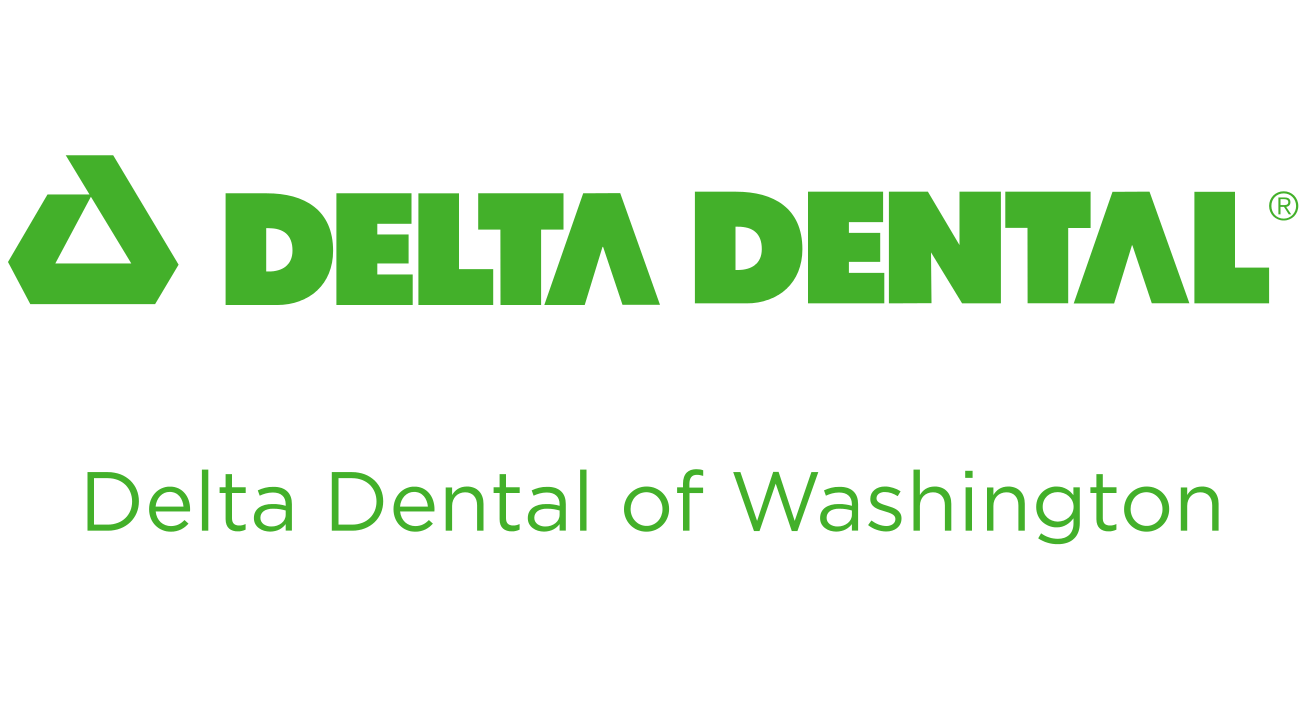What is a dental insurance annual maximum?

A dental annual maximum is the total amount your dental plan will pay toward your care in a 12-month period (also known as the benefit period).
Annual maximums typically range between $1,000 and $2,000 – and most people never reach this amount in their benefit period. According to the National Association of Dental Plans, only 2.8% of people on a PPO plan reach their dental annual maximum each year.
To make the most out of your dental coverage, it’s important to understand what goes into your annual maximum as well as what your dental benefits do and how they work.
Interested in finding your own dental?
Explore individual and family plans that’ll help take your smile to the next level!
How dental annual maximums work
At the start of each benefit period — usually at the beginning of the year — the maximum is set to pay for your dental care. Every time a dental claim is submitted, the cost that your insurance carrier paid on your behalf is subtracted from your maximum. Once you reach the maximum, your dental benefits stop, and your plan won’t pay for additional care. At this point, you’re 100% responsible for any additional dental services until the next dental benefit period begins.
Some key things to remember when considering your dental annual maximum:
- • Your deductible doesn’t apply to the annual maximum.
- • Any copays on your plan don’t apply to the annual maximum.
- • Costs that accumulate after your deductible and copay are satisfied do apply toward your annual maximum
- • Some coinsurance percentages covered by your dental carrier are applied to your annual maximum.
In the end, if you are concerned about your dental annual maximum, it’s always a good idea to talk to your dentist about costs when scheduling dental treatments. Be upfront about wanting to stay within your dental annual maximum.
By working in partnership with your dentist, you may be able to set up a treatment plan that spreads out out-of-pocket costs while still meeting your dental needs.

